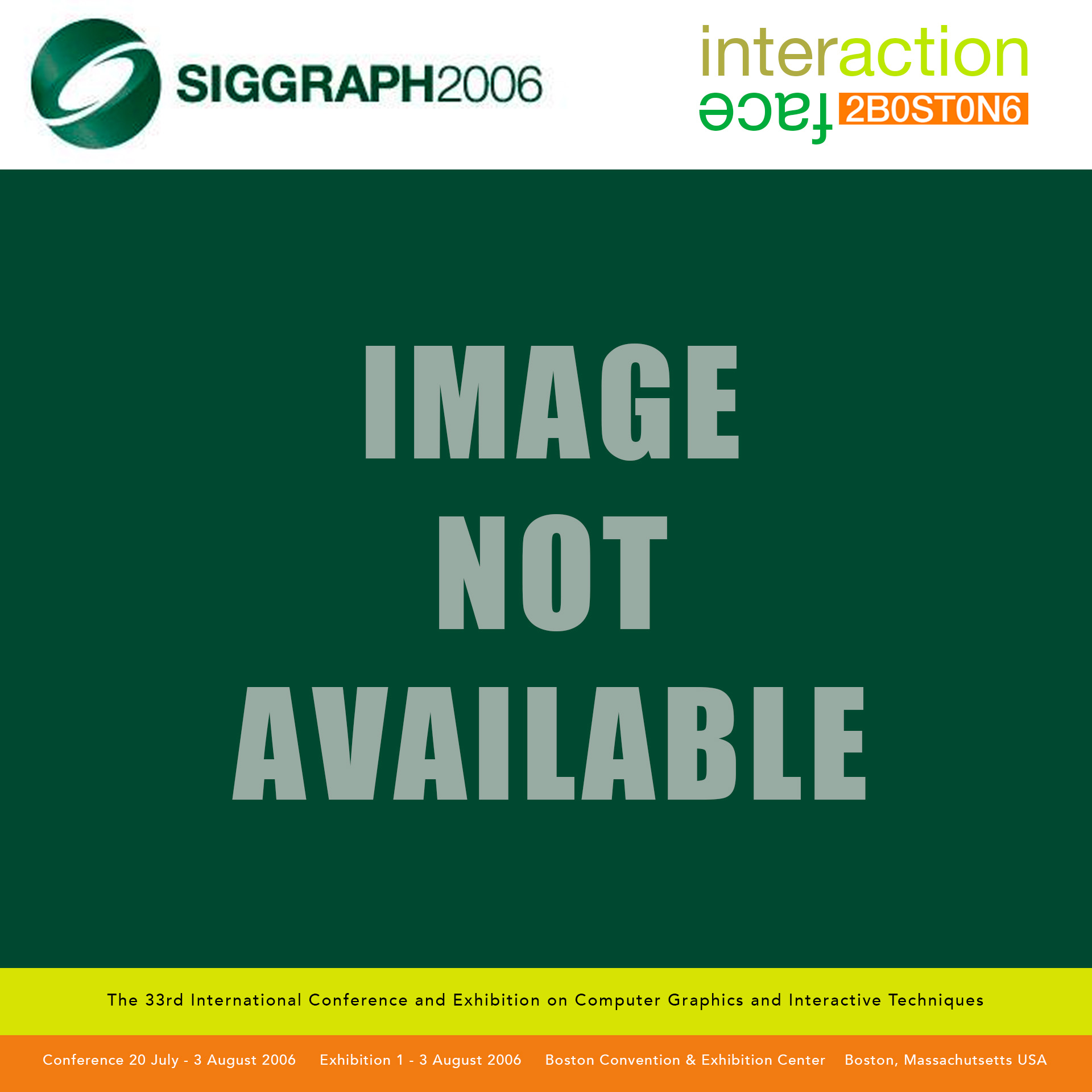“Representations that promote cognition: the case of chemistry visualization tools” by Valle
Conference:
Type(s):
Title:
- Representations that promote cognition: the case of chemistry visualization tools
Presenter(s)/Author(s):
Abstract:
Chemistry deals with structures too small for the naked eye; thus chemists rely heavily on graphical representations.An external observer could presume that the available chemistry visualization tools would be at the forefront regarding representation techniques and interaction methods.Our survey of 20 widely available non-commercial molecular visualization tools shows instead a high uniformity of representation methods and a general imbalance toward visualization for presentation only.To study alternatives to the current situation, we created “viz laboratories”: small, focused applications that highlight a specific chemistry visualization technique to collect practitioners feedback and to encourage them to think about new visualization paradigms.
References:
1. Palmer, T. C. 1992. A Language for Molecular Visualization. IEEE Computer Graphics and Applications 12, 3 (May/June), 23–32.
2. Rocke, A. 1985. Hypothesis and Experiment in the Early Development of Kekulé’s Benzene Theory. Annals of Science 42, 355–381.
3. Tarini, M., 2006. QuteMol. http://vcg.isti.cnr.it/qutemol/, April.
4. Valle, M., 2006. Free chemistry visualization software survey. http://www.cscs.ch/~mvalle/ChemViz/tools.html, May.




